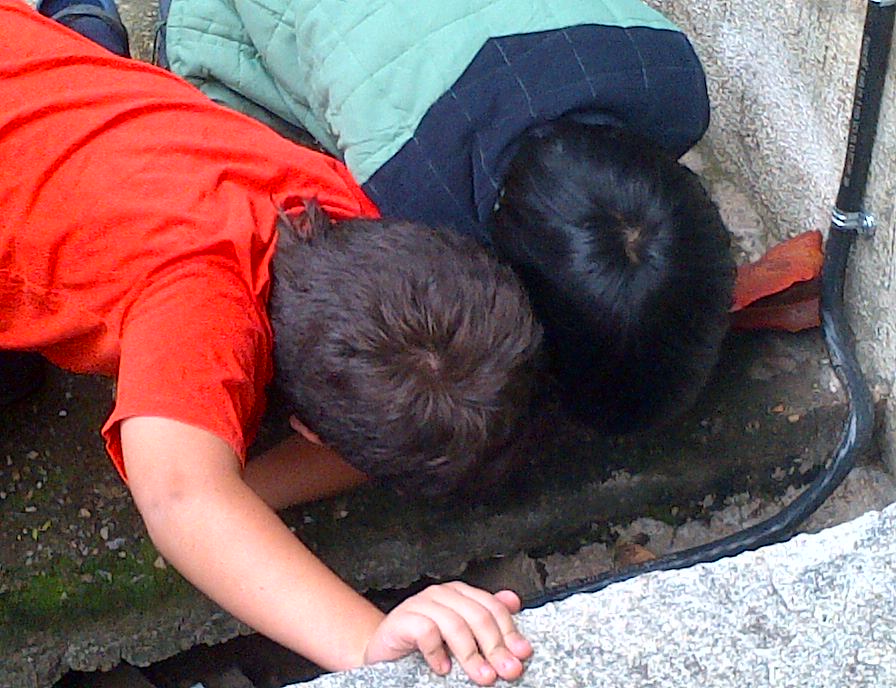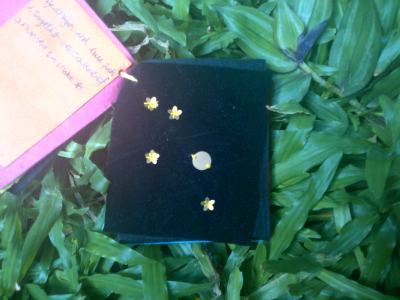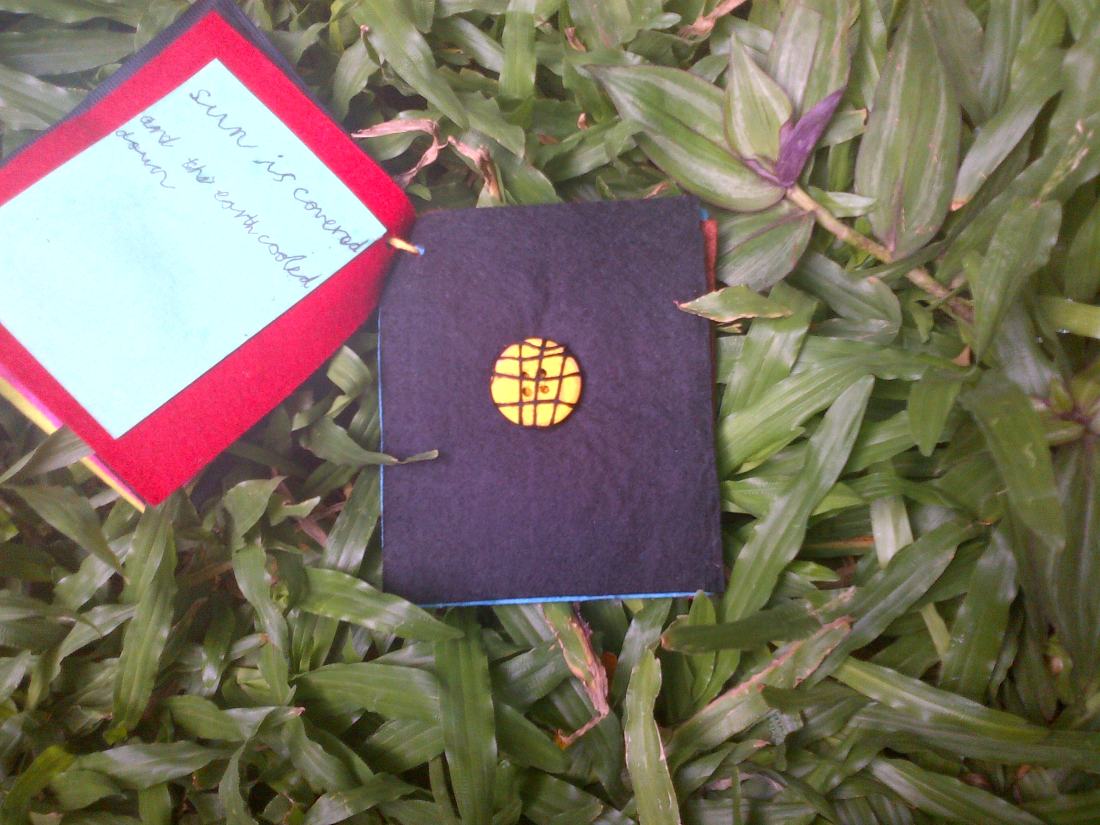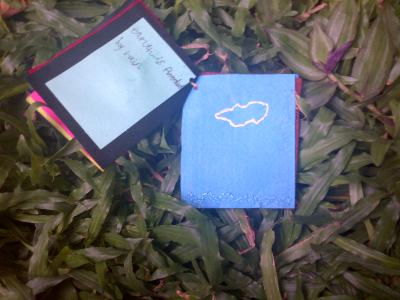This summer break I have been busy with making the ‘missing’ timelines for the elementary environment.
Having already oriented themselves to their immediate environment in their first plane of development from 0 to 6 years, children in the second plane of development from 6 years to 12 years, seek to orient themselves to the entire cosmos.
In a Montessori environment, the universe itself is opened up to them through ‘Cosmic Education”. The lietmotif of Cosmic Education is the interdependance of all things, both animate and inanimate, and the gratitude that arises from this understanding.
Looking back in gratitude to all the participants in the drama of cosmic evolution is a subtext that plays constantly in the background of the elementary classroom.
The absence of easy accesibility to a vendor who stocks Montessori timelines in India has in fact been a boon. I have always found my understanding of a work crystallise when I am engaged in making the material myself. Moreover, the connection of the ‘hand’ to the material becomes more evident to the children.
Over the past two weeks rolls of cloth have been examined, measured and cut. An enterprising, and possibly only ‘alteration tailor’ in Bangalore has been befriended. Skeins of silk embroidery floss have been pulled out of dusty drawers and the tape measure has become my constant companion.
KHADI
First Stop was Khadi Bhandar, where the fabric was purchased. The patient salesman heard our request for unusual measures of cloth. Meters upon meters of black khadi, strange measures of blue, brown, green and red khadi were purchased.

SREEDHAR’S SHOP ON WHEELS AND THE BLANK TIMELINE OF LIFE
I have to admit this is the first time I have come across this particular piece of ingenuity. Sreedhar, an evidently enterprising gentlemen drove up to school in his tailoring shop on wheels!
For the next 6 hours he helped us put together the blank timeline of life. After hearing me wax lyrical about the timeline and explain the idea behind the colour coded strips of cloth, Sreedhar was sufficiently charmed by the idea of making it.
We had blue for the Paleozoic Era where life predominantly existed in the waters of earth, a brown strip to represent the Mesozoic Era where life invaded the land, a green strip for the Cenozoic Era where grass, mammals and birds evolved and finally a tiny strip of red to represent humans on earth.
The blank timeline is a blank replica of the timeline of life which charts the evolution of life. Children place pictures, labels and cards of information on pre-historic life and paleogeography onto the blank timeline to construct their own timeline of evolution. By engaging in this work they discover many inter-dependancies – the plants, the animals, the rocks, the oceans, the mountains, even the ice-ages, all interdependant, forming the web of life.
The sliver of a red strip at the end, represents humans. It visually communicates the short time that humans have lived on earth, as compared to all the other players.
The child eventually comes to see herself as the beneficiary of cosmic gifts.
Each year I hear, “Earth has been home to the jellyfish, amoeba, sponges etc etc, so much longer than it has been our home!” or “It is amoeba who are really our ancestors!”


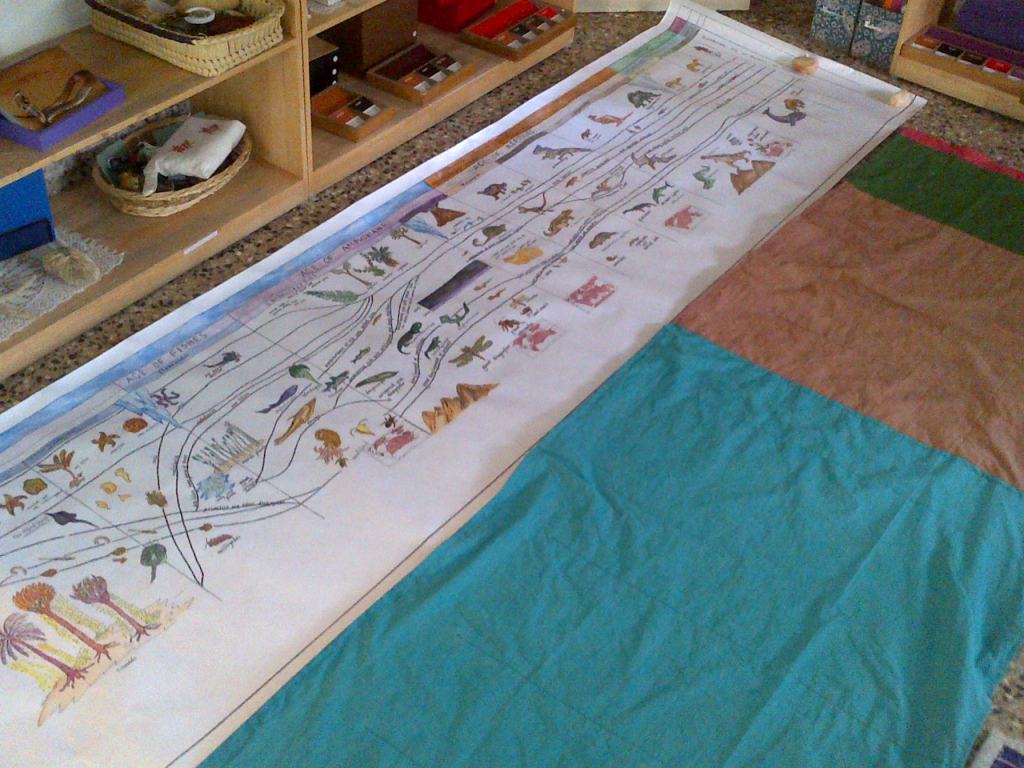
THE LONG BLACK STRIP
The story goes that the idea of the black timeline came to Montessori when she was residing in India. She had recently had a conversation with a child who had told her that there was nothing that he could learn from someone in the West as India had the oldest real civilisation in the world.
Later she observed workers in the heat and dust of Madras laying black cables in the ground.
From these two things was born the idea of the Long Black Strip – 300 meters of black cloth that represented 3 billion years of our universe’s history. The last few centimeters were coloured white to represent the time that humans have lived on earth.
Today we have reduced the 300 meters to 30 meters, and replaced the white strip with a red one.
Though the timeline does not precisely respresent the current accepted date of 4.5 billion years, it is an attempt to create an impression of the miniscule time that humans have made Earth their home.
The Long Black Strip is a compelling lesson in humility.
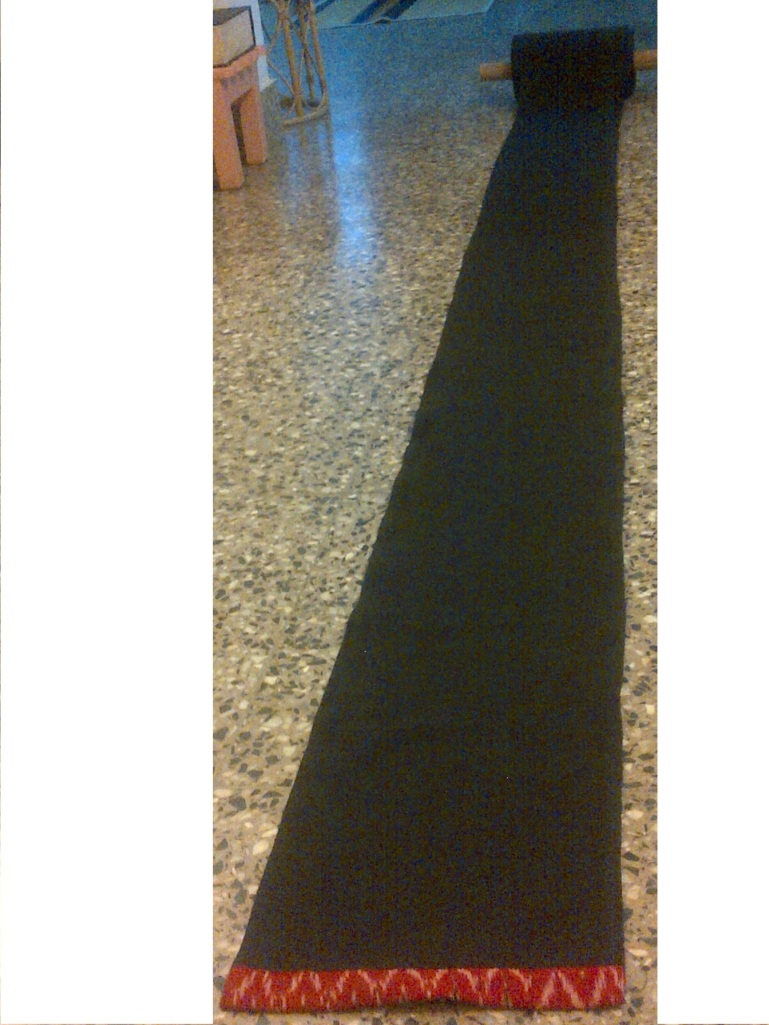
THE HAND CHART
The hand chart creates an impression about the importance of the hand – of work – to humans.
It is a black strip of cloth representing 7 million years of human evolution. Bang in the center is a picture of a hand with a stone tool. There is also a slim red strip right at the end that represents the birth of writing and recorded history.
All throughout the history of humans, it is their ability to work that has helped them survive.
Here echoes a message: be grateful to those of previous generations who have faithfully, lovingly, and expertly done their work in the world so that you may have life and the benefit of their knowledge!


